Since January, eight middle schools selected for grants that help students engage with Maine’s environment have been working diligently to learn as much as they can about the nature of Maine through projects designed by their teachers. Though school is out for the summer, many of these projects will continue into the fall and beyond. Many of the projects have left a permanent mark on their communities by revitalizing public spaces and filling them with educational information. Here is a quick synopsis of seven of the projects as they came to the end of the school year (see Gabby’s blog post about the Windham Middle School compost project):
Camden- Rockport Middle School
Once the snow cleared, 7th grade science students in Camden-Rockport were able to walk to the Megunticook Stream to collect and observe benthic macroinvertebrates. These “mud bugs” helped students learn about the health of the stream and its surrounding ecosystem. The students enjoyed learning outside and are excited to continue with this project in the fall.
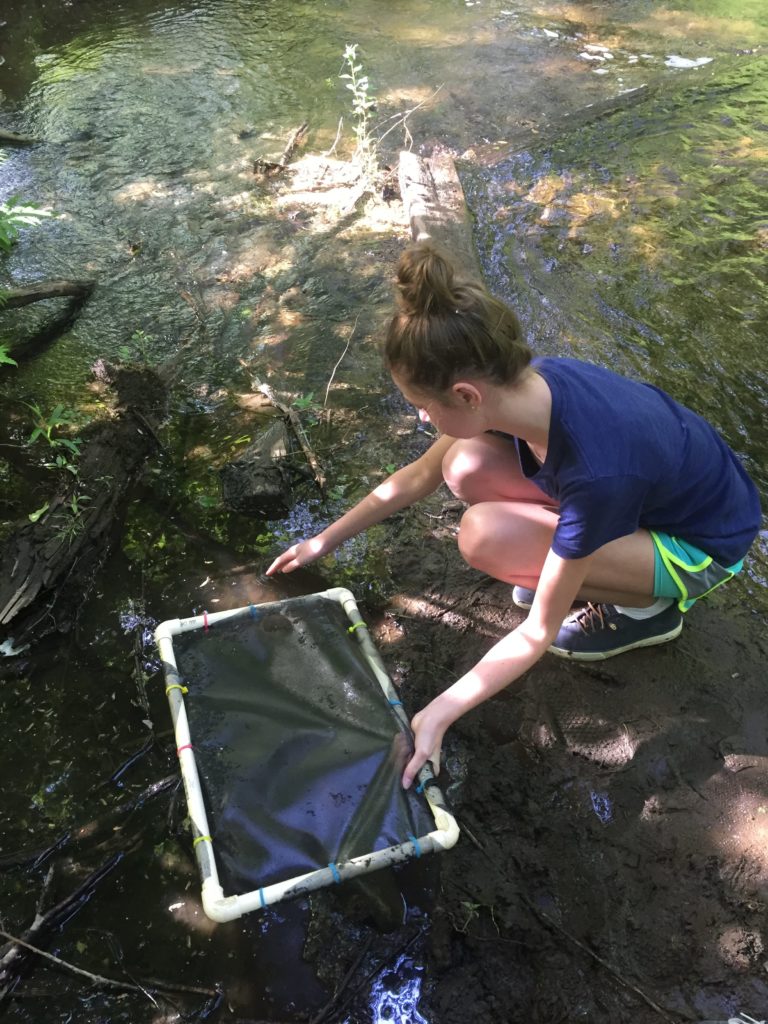
Edna Drinkwater School
Science students at Edna Drinkwater have spent the past few months studying the intricacies of aquaponics systems on a smaller scale with the hope of expanding it to a larger greenhouse system in the future. In the classroom, with the help of goldfish, students have been studying the effects on aquaponics on small plants. When an LED light was introduced, students had lots of questions about light properties, leading to a few extra experiments to help them understand how and why we perceive light and color in a certain way. The students are excited to continue to work with aquaponics systems on a larger scale in the greenhouse in the future.
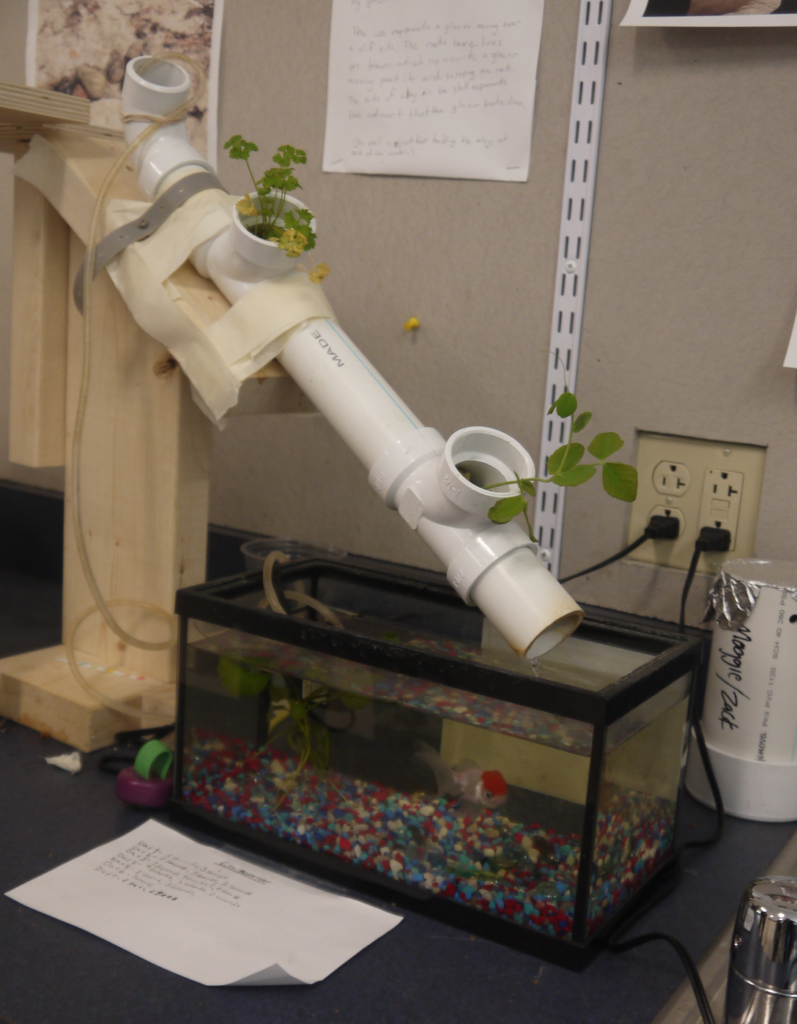
Gorham Middle School
As a continuation of last year’s grant project, Gorham Middle School science students learned about invasive species, specifically Japanese Knotweed, and how to eradicate it from school grounds. Students tried a number of different combinations of vinegar, coffee grounds, cinnamon oil, soap, and a number of other ingredients in an attempt to kill off the Knotweed. Check out their work in this video.
Deer Isle-Stonington Elementary School
Students at Deer Isle-Stonington Elementary School worked on revitalizing the area’s nature trail. Using the trail as an outdoor classroom, students studied the plants that grow in the area and came up with a plan to eradicate poison ivy along the trail. They also put their knowledge to work and made identification plaques for native plants and tree. Thanks to their hard work, the trail is once again open to the public.
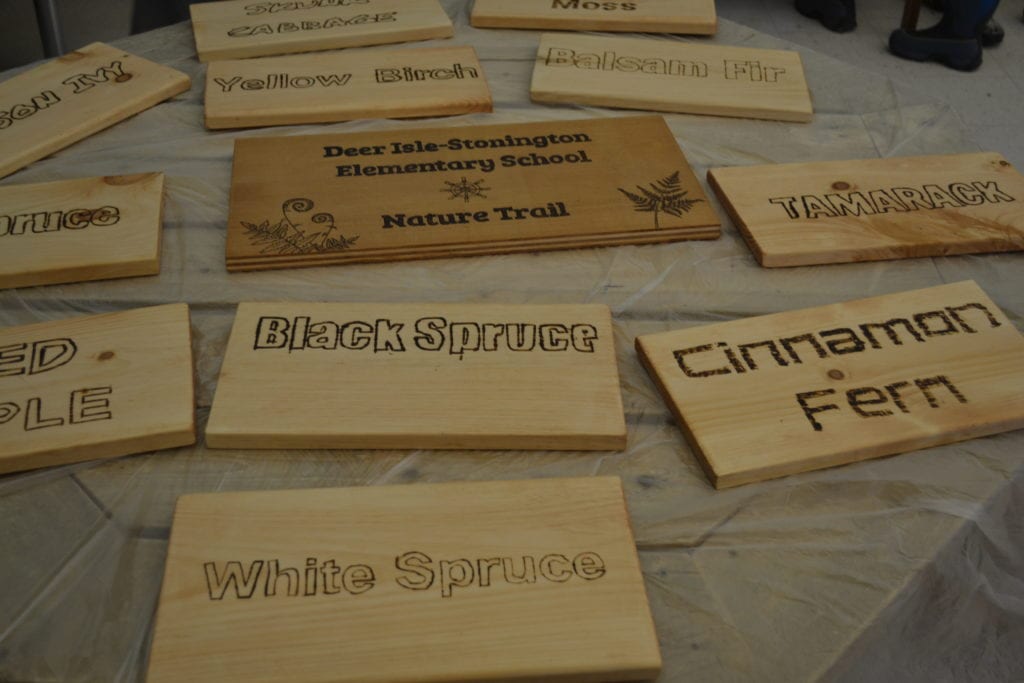
Memorial Middle School
Memorial Middle School science students created educational signs that provide information about the flora and fauna in the area. These students observed interesting aspects of the trails and chose one feature to highlight on his or her poster. The best ten posters were selected and placed throughout the trail, inviting anyone walking through to learn more about the environment in this specific area.
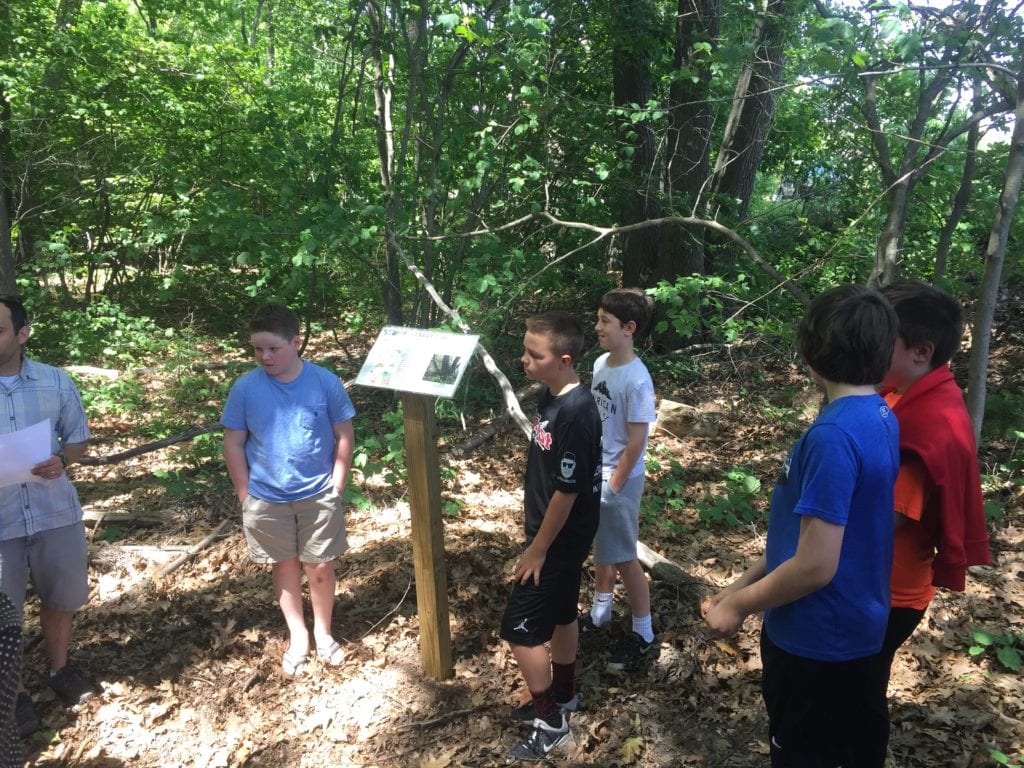
Brewer Community School
With the creation of the Community Maple Project, 6-8th grade science students at the Brewer Community School have learned about forest resources and conservation both in and out of the classroom. Students collected sap and used the mobile Sugar Shack to create maple syrup throughout the winter. This project has been able to make an impact throughout the community by hosting open houses for everyone to learn how to sustainably source maple syrup.
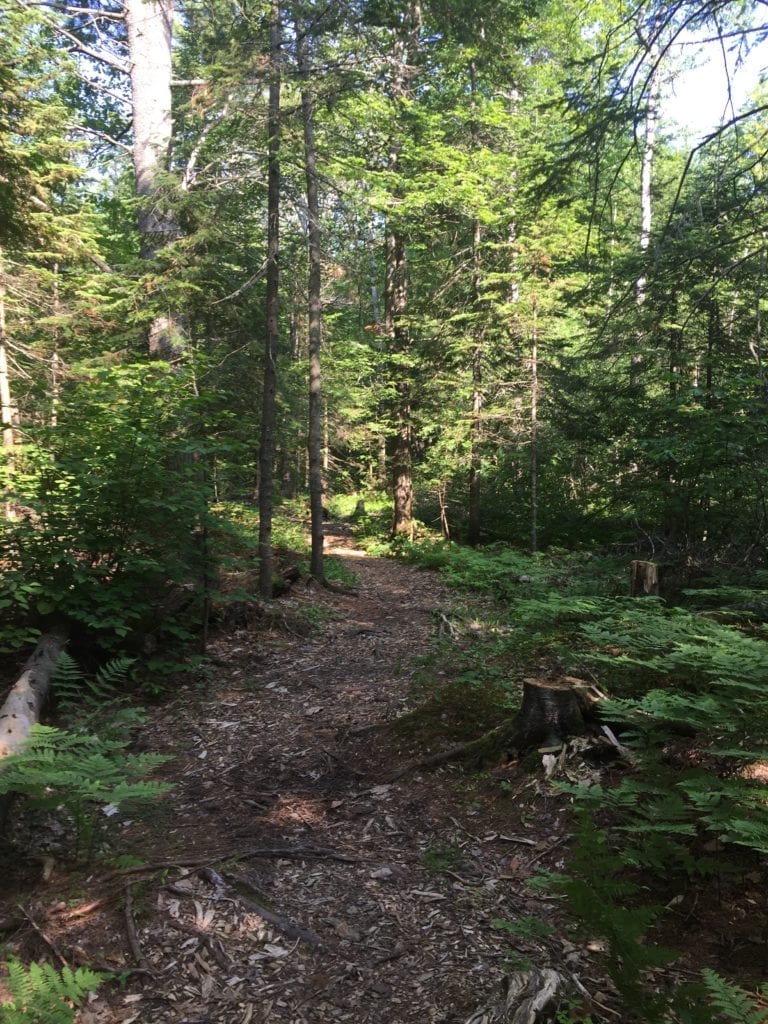
St. George School
Science students as the St. George School used information from last year’s grant project to see how alewives affect the ecology and health of the watershed. With the help of local experts, these students learned about the extensive history of the marsh, which helped them understand how different environmental factors affect change. As a final project, students created informational posters about the health of the marsh, which were placed in a kiosk for the public to view.
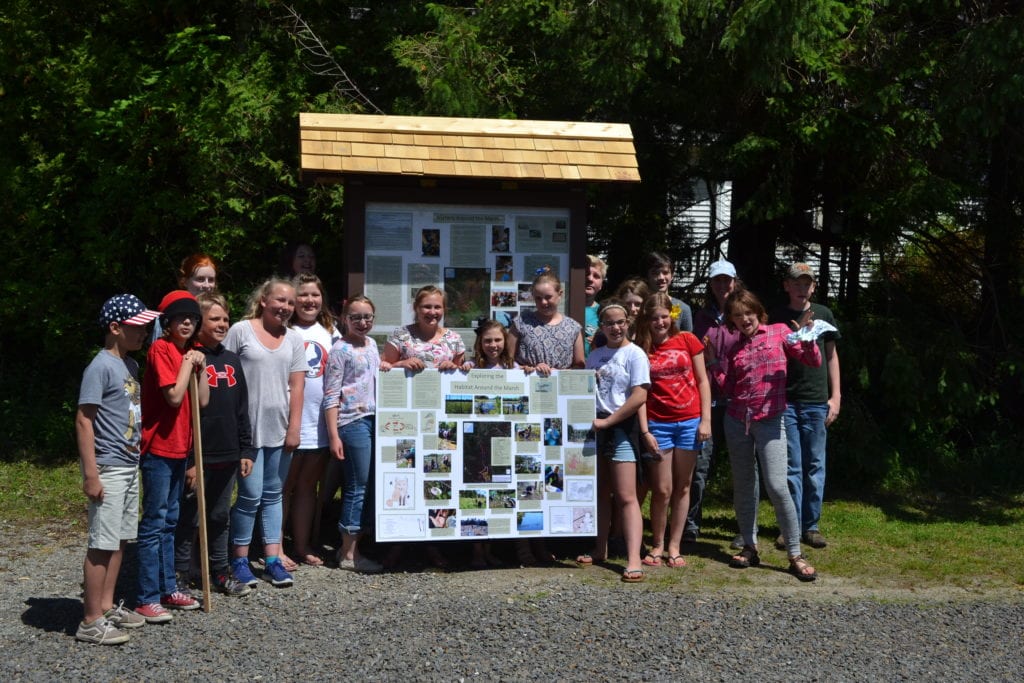
Students and teachers alike demonstrated great enthusiasm for their projects. Though every project was different, they all demonstrated the positive effects of being able to connect one’s knowledge to a real world situation. These projects connected students to their natural surroundings by teaching them the importance of a healthy environment.
—by Communications Intern Sarah Oberink











Leave a Reply